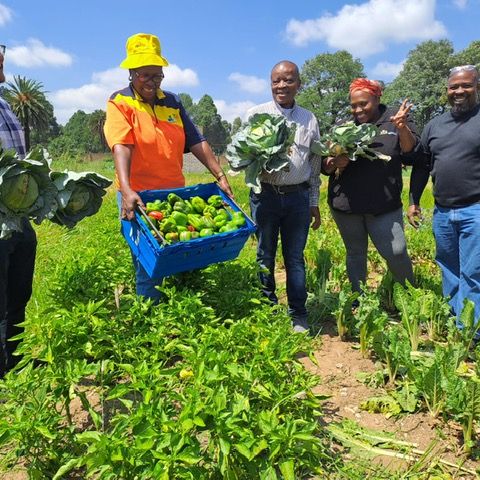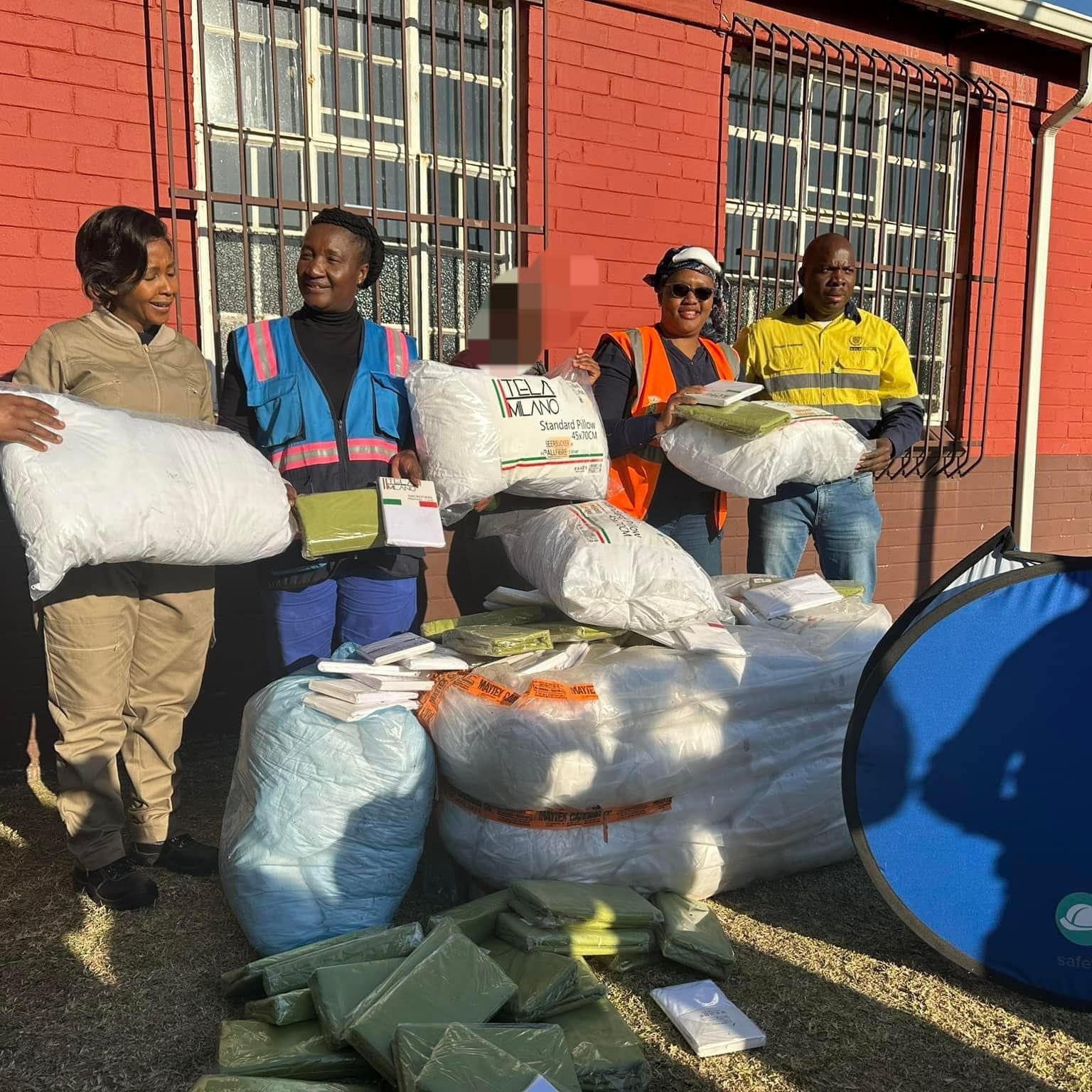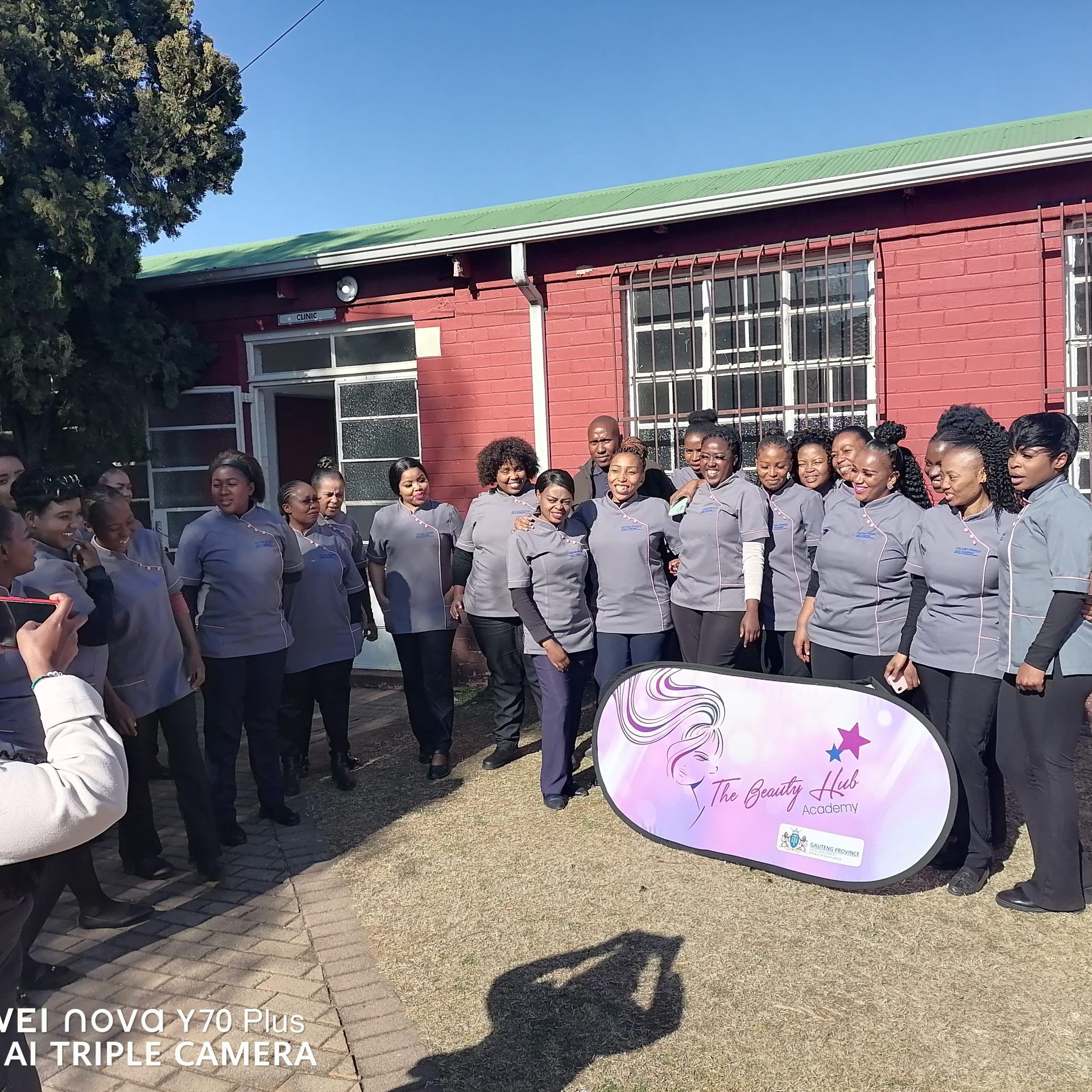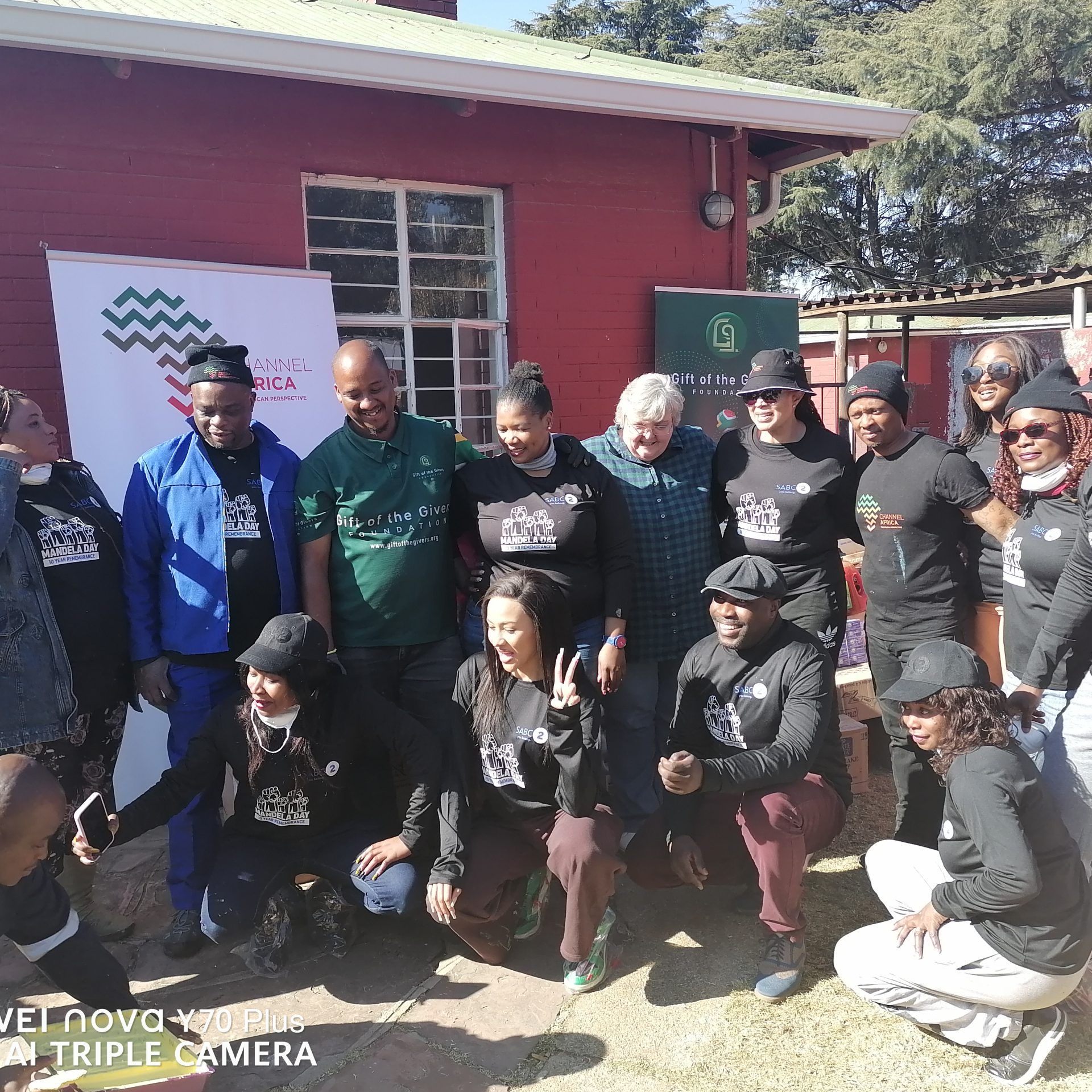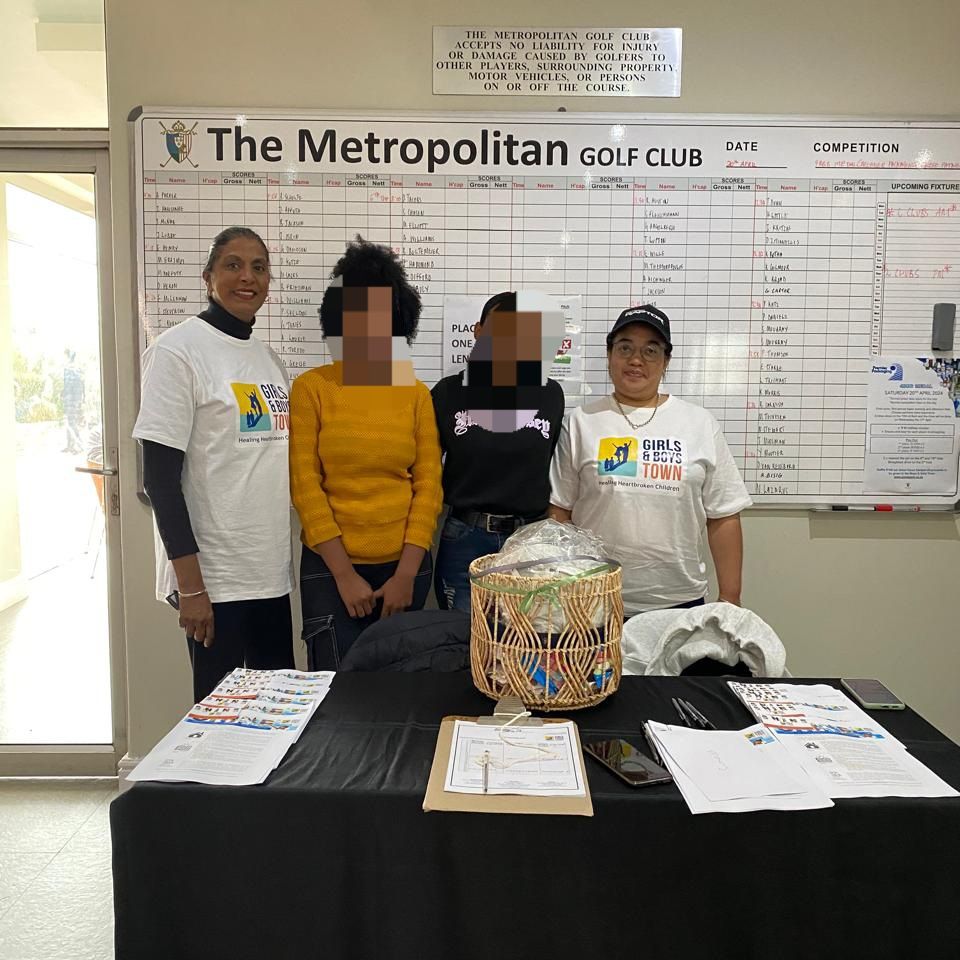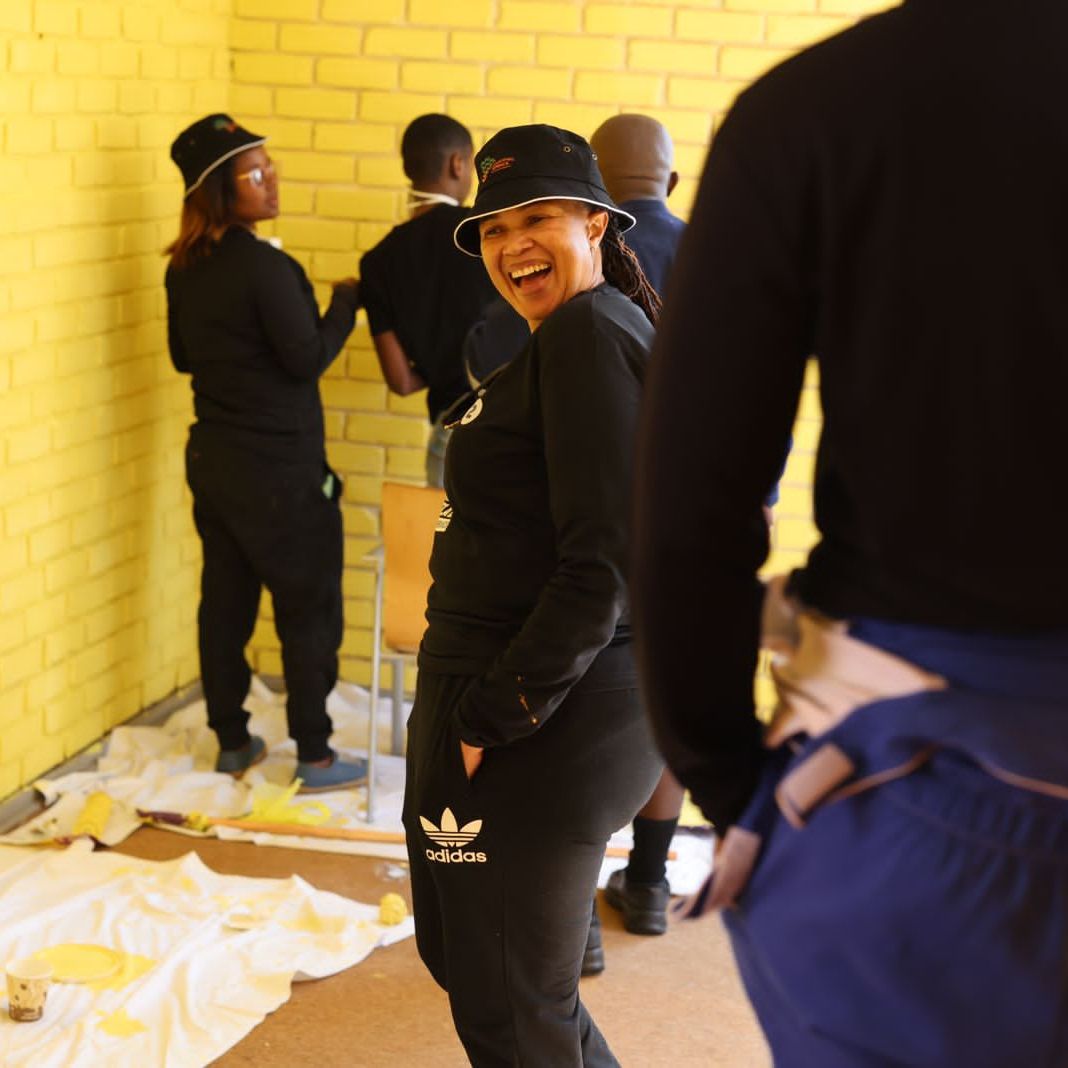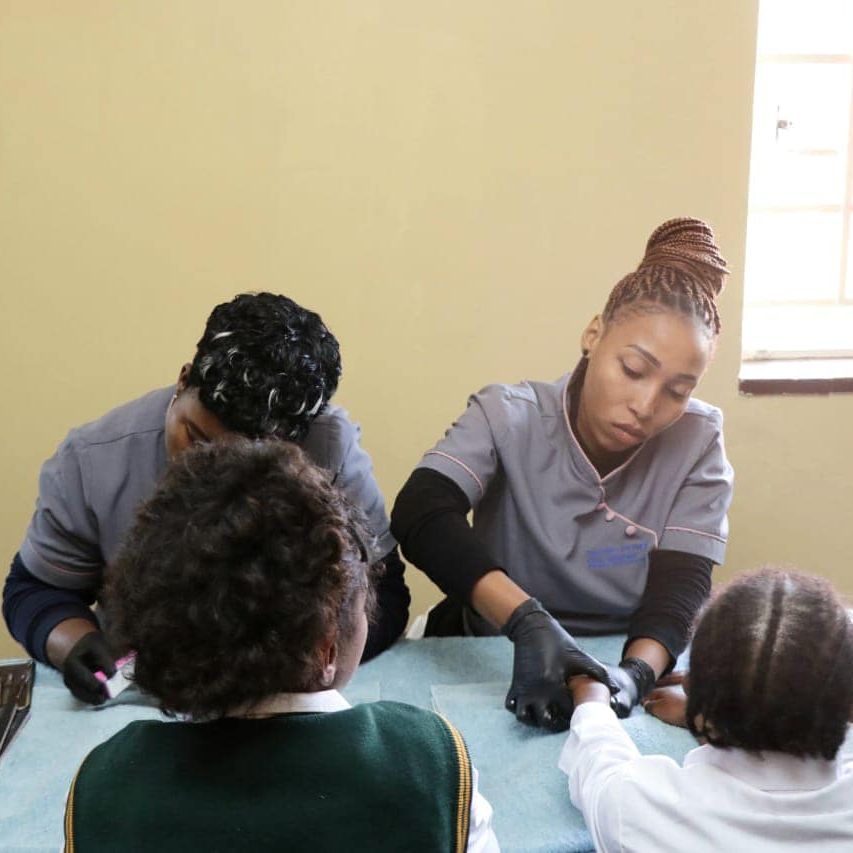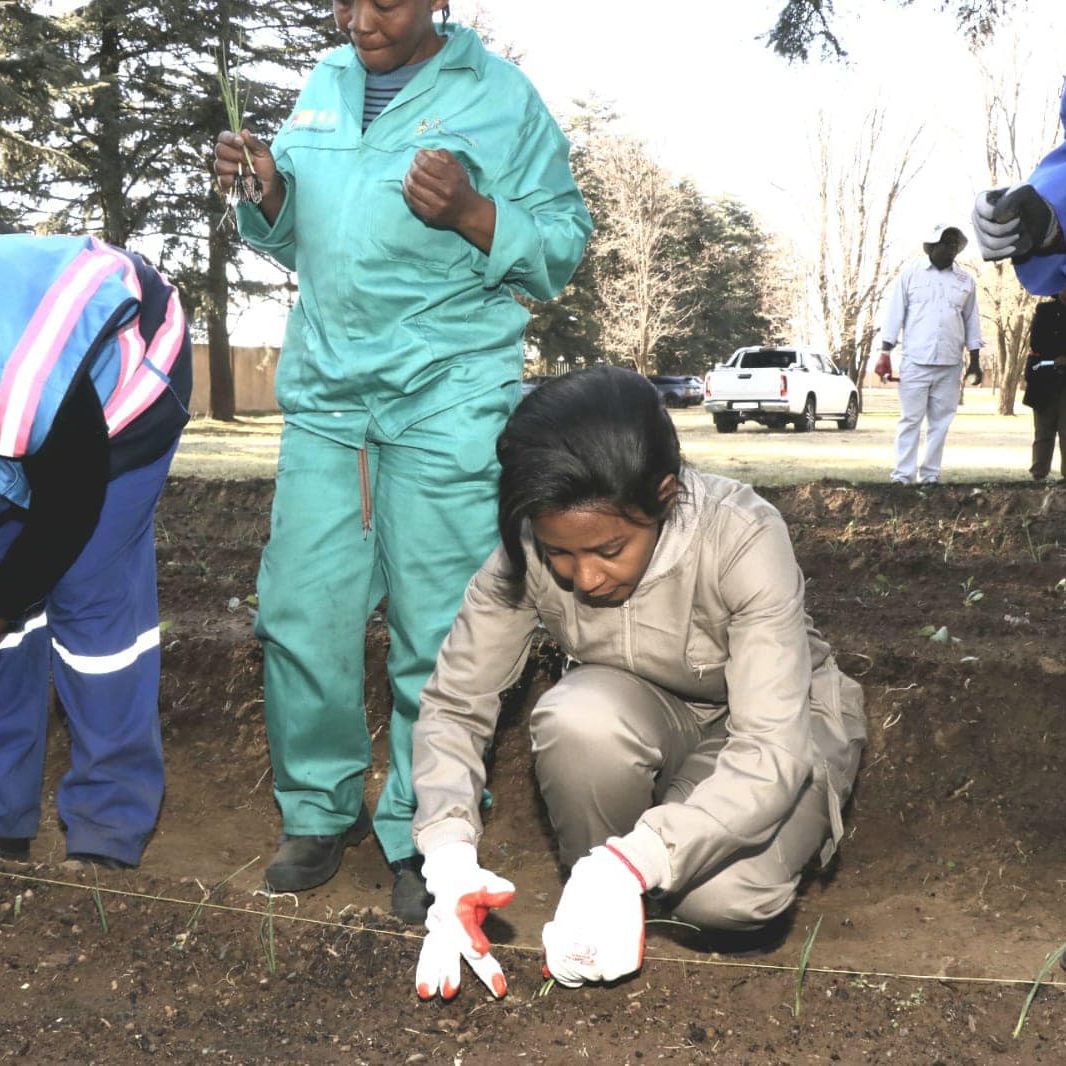Care-leaving: Life after Girls and Boys Town

Care-leaving: Life after Girls and Boys Town
Thousands of children and adolescents grow up away from their families due to various vulnerabilities and risks. For a limited time period, they are placed by the Children’s – not criminal – Court, into therapeutic residential centres. Girls and Boys Town South Africa (GBTSA) runs such centres nationally. These havens of safety provide therapeutic healing and care are a refuge for youth because of risks associated with staying in their family homes or communities.
They are placed into therapeutic residential centres to at times protect them from further trauma and negative experiences. Under-resourced communities that struggle with different forms of violence, alcohol and drug abuse and poor access to education are more prone to having youth at risk that require additional youth-care services. Having youth placed into alternate care reaps positive results both for the individuals involved and society.
However, there is no simple way to disengage adolescents when it is time to exit the care centre. Most youth find it hard to leave the place that has been providing them with a therapeutic shelter, nurturing, protection, food and skills. Research on care-leavers globally has shown that many experience considerable challenges once they transition out of care. Areas that have been highlighted that has been challenging for the young people include finding suitable accommodation, studying further, getting and maintaining employment, refraining from drugs, alcohol and getting involved in crime, suffering from depression, and avoiding unplanned pregnancy.
The Growth Beyond the Town study was initiated in 2012 through a partnership with GBTSA and Prof Adrian van Breda from the Social Work Department at the University of Johannesburg. The purpose was to track the transition of youth through their stay in residence and upon leaving GBTSA. This data informs GBTSA programmes and how to best prepare and support youth after leaving care.
Interviews with the young people, measure how they progress on their transition from care. Results of the Findings collected during the 2018 period indicate that participants either remain the same or improve over the 6 years.
A key finding is that our participants consistently scored higher than the global average, with higher levels of physical than psychological wellness. The resilience of care-leavers increased over the five years. For example, participants perceived greater ability to bounce back after illness, injury or other. They increasingly thought of themselves as stronger and more able to deal with life’s challenges and were less discouraged by failure. Upon disengagement, participants felt well prepared to leave GBTSA and optimistic about their futures. This positivity about their care experiences at GBTSA continued over the years and many still feel that they can turn to GBTSA for advice and assistance.
Other findings of interest include the following:
- Less than half the participants had self-supporting accommodation. The majority stay with their families in formal dwellings. We noted low levels of homelessness, which is a positive finding compared to data from similar research in other parts of the world.
- Two-thirds of the youth were not working one-year post-care, which is not necessarily a negative finding as many should still be in education. In the first-year post-care, there were slightly higher levels of employment stability, which increased with years of independent living. Fewer participants were studying as the years progressed, either resulting from youth dropping out of their studies or because of moving into work.
- Youth who were Not in Employment, Education or Training (NEET) is a concern, as the problems associated with being NEET compound the longer, they remain NEET. The participants’ NEET rate is slightly higher than the national average and has increased slightly over the years.
- A quarter of youth had a liveable income after leaving care and became more self-sufficient as they grew older. Levels of substance use began as low, but increased slightly over the years. Cigarette smoking was high.
- There was an upward trend in criminal activity, especially in the fifth year after leaving residential care.
- Participants felt a strong sense of belonging to communities, even though many reported their communities not being very safe and dealing with effects of substance abuse.
These findings support the need to have a multilevel, holistic understanding of youth in transition out of care. Resilience, which enables youth to withstand hardship and overcome the challenges they experience as they leave care, is not only an individualised, internal trait but rather a process that can be facilitated and enhanced through their relationships while in care and within the interactions that take place in their environments. This social-ecological view of resilience means that the protective factors that are part of the GBTSA methodology can be put in place elsewhere, thereby compounding positive effect on care-leavers and supporting them towards better outcomes as they transition from care and into independent living.
To read more on the research study, see link: https://girlsandboystown.org.za/portfolio-item/growth-beyond-the-town-a-longitudinal-study-on-youth-leaving-care/





